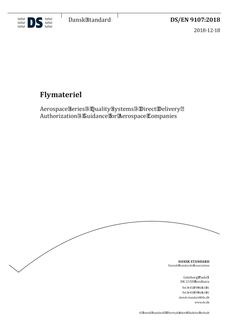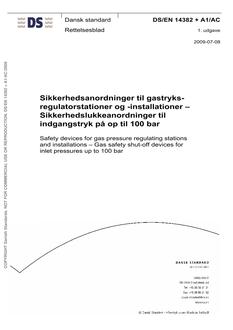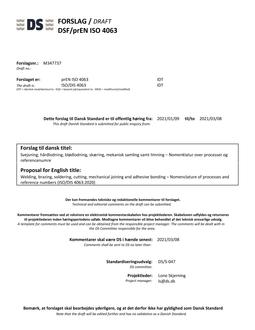-
-
Available Formats
- Availability
- Priced From ( in USD )
-
Available Formats
-
- Immediate download
- $190.00
- Add to Cart
-
- Printed Edition
- Ships in 1-2 business days
- $190.00
- Add to Cart
Customers Who Bought This Also Bought
-

DANSK DS/EN 9107
Priced From $51.00 -

DANSK DS/EN 14382 + A1
Priced From $143.00 -

DANSK DSF/PREN ISO 20957-7
Priced From $29.00 -

DANSK DSF/PREN ISO 4063
Priced From $40.00
About This Item
Full Description
This part of the standard describes the address templates for each country, i.e. the specific way an address is formatted in each country, indicating in particular the order in which the various elements appear. The address templates may include rendition instructions, specifying how elements are to be rendered for printing. EN14142-1:2011 contains material that is not country-specific and is expected to remain stable for a significant period of time. CEN/TR14142-2:2011 contains the country specific information as well as explaining mapping conventions and design considerations that are generic in scope but are still evolving and have a current status rather than a fixed resolution. What then are the characteristics of the generic material in Part 2? As an example, the definition of (40.17 district) as a postal address element is stable and not country-specific, for example, and thus the definition is assigned to Part 1. At the same time, some of the uses of (40.17 district) to represent different levels and positions, while occurring in one or more specific country templates, reflect generic element mapping conventions and generic template design considerations. These generic conventions and considerations are explained in Part 2, along with generic rendition instructions used in country templates, together with the country templates, country-specific rendition instructions, and presentation rules defined by each country. It is expected that Part 2 shall be modified from time to time to add new countries, modify country templates, and as appropriate, to elaborate upon the element mapping conventions and template design considerations and to amplify the roster of generic rendition instructions. Notwithstanding the potential for modifications, the stable content of Part 1, taken together with the current understanding of these generic conventions and parameters, including the NLT and PATDL templates for those countries represented, is intended when taken toge ...





